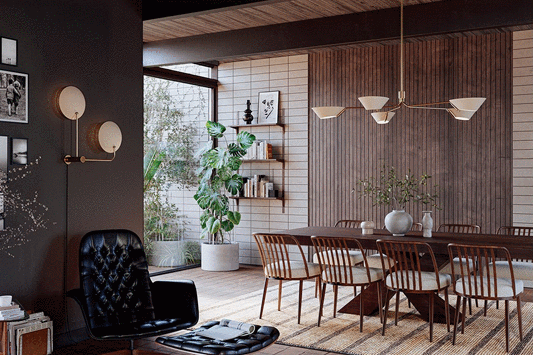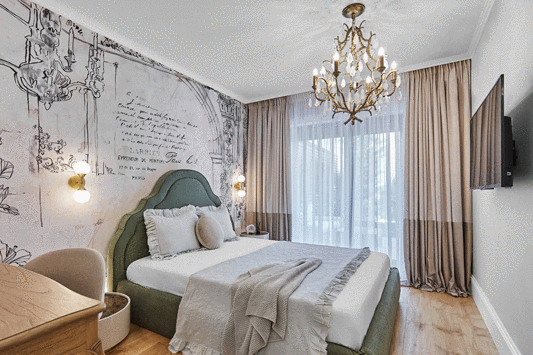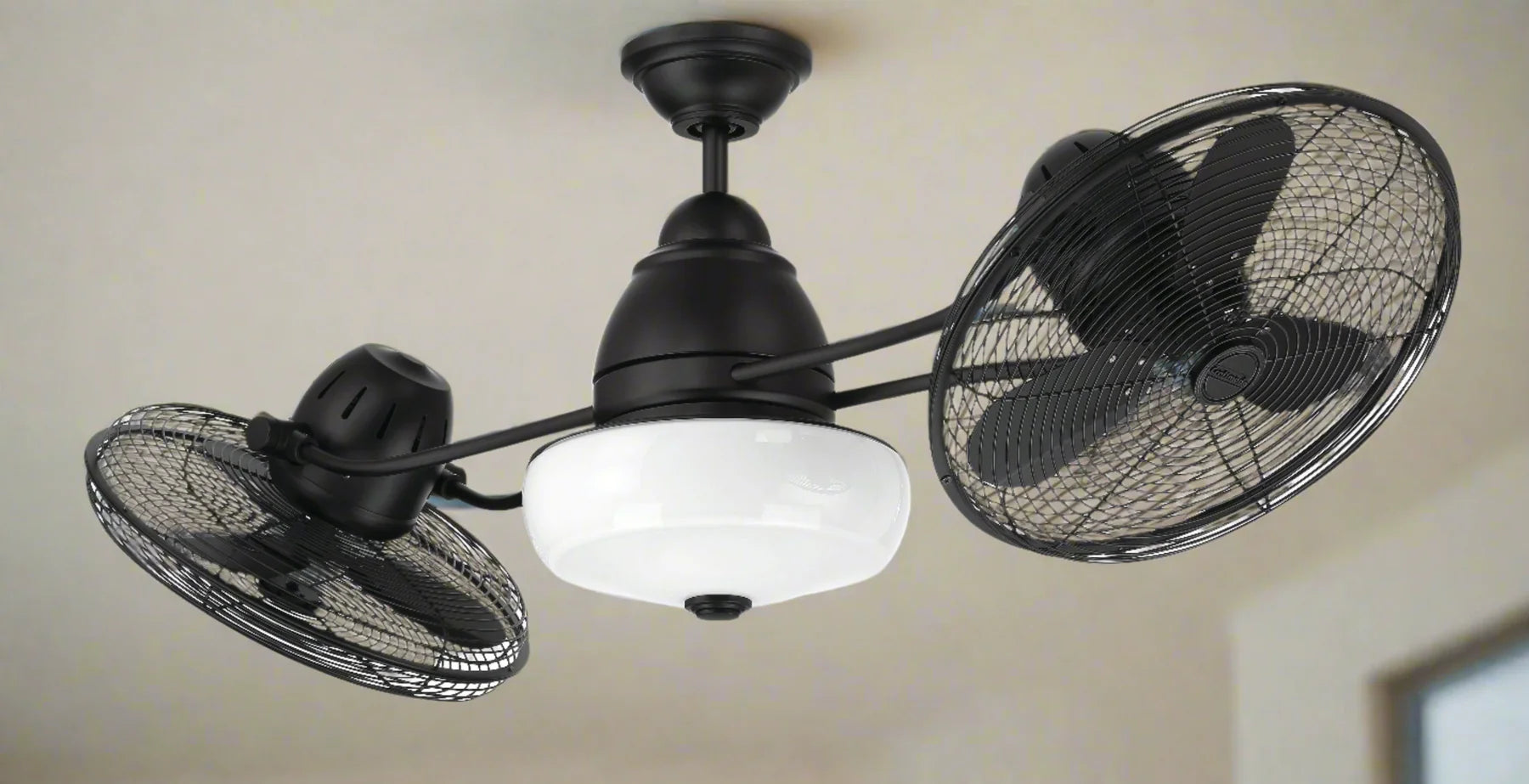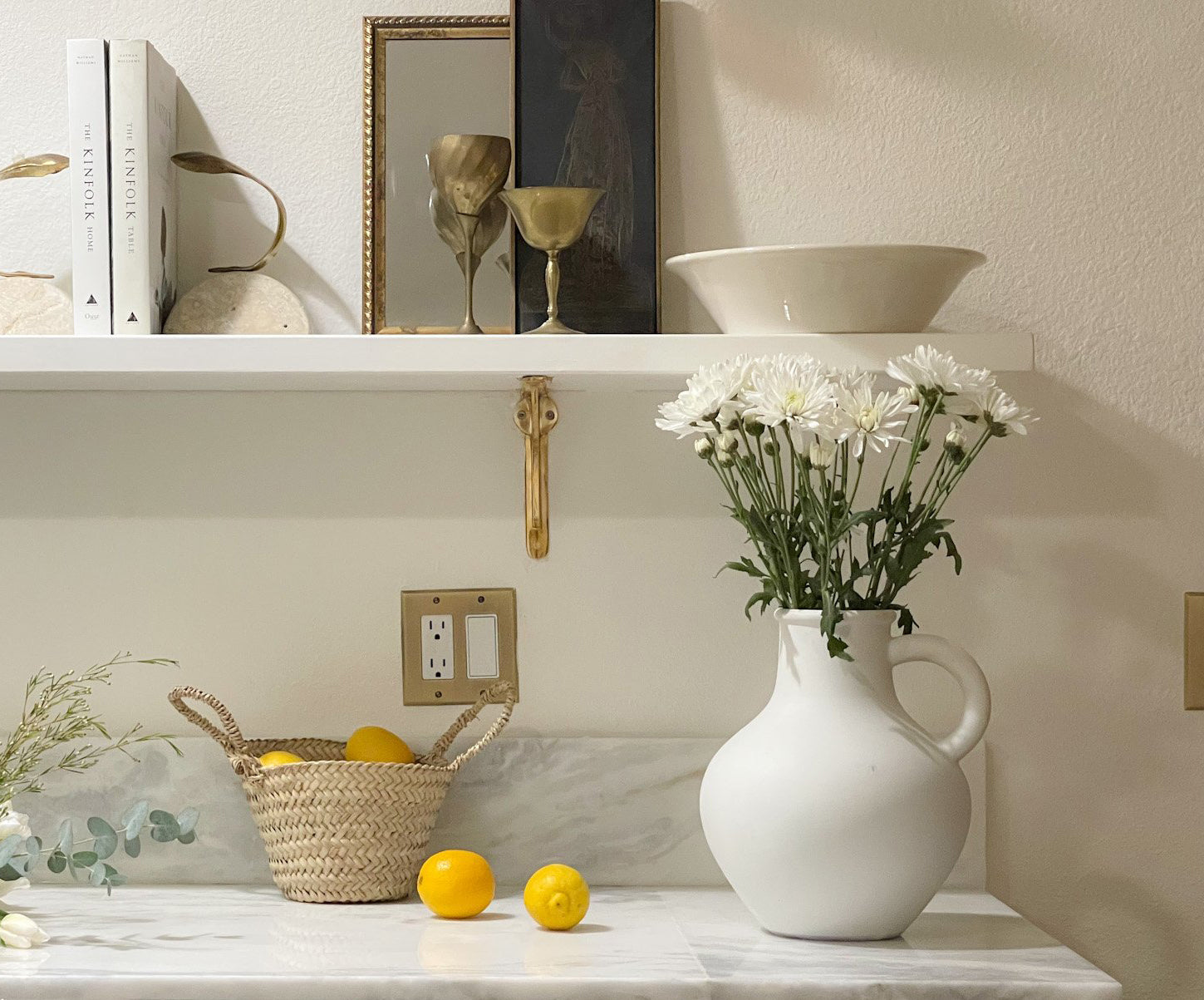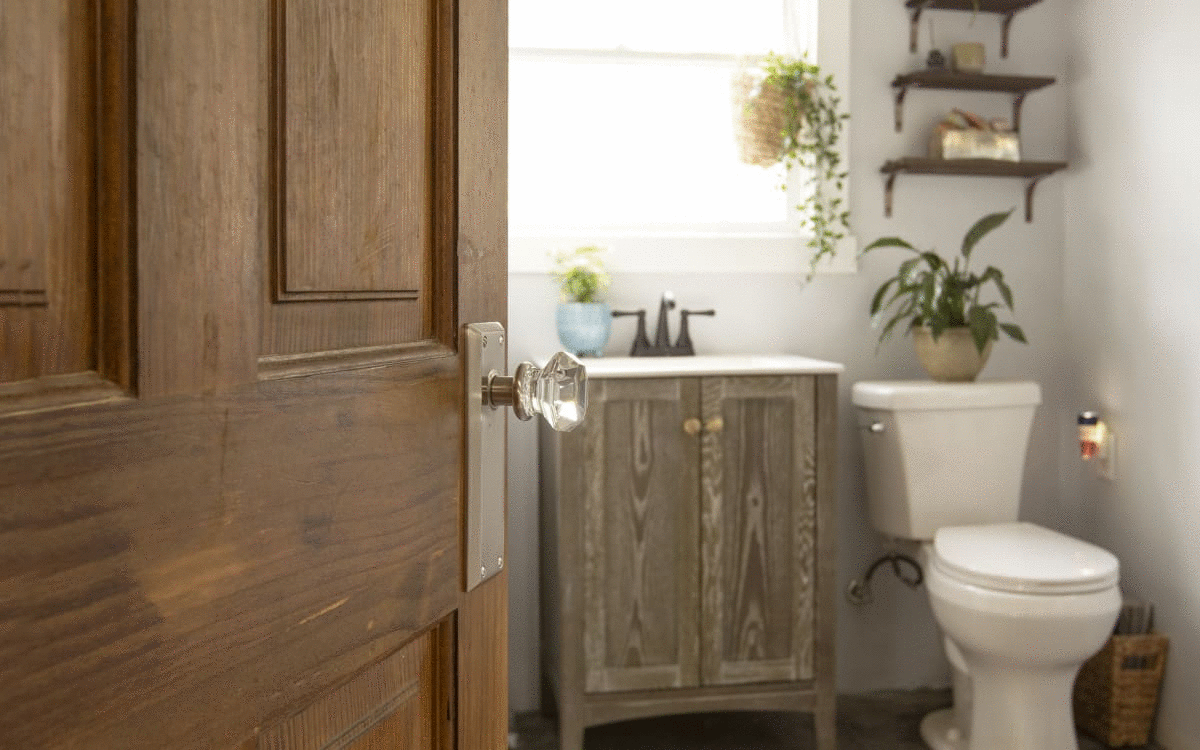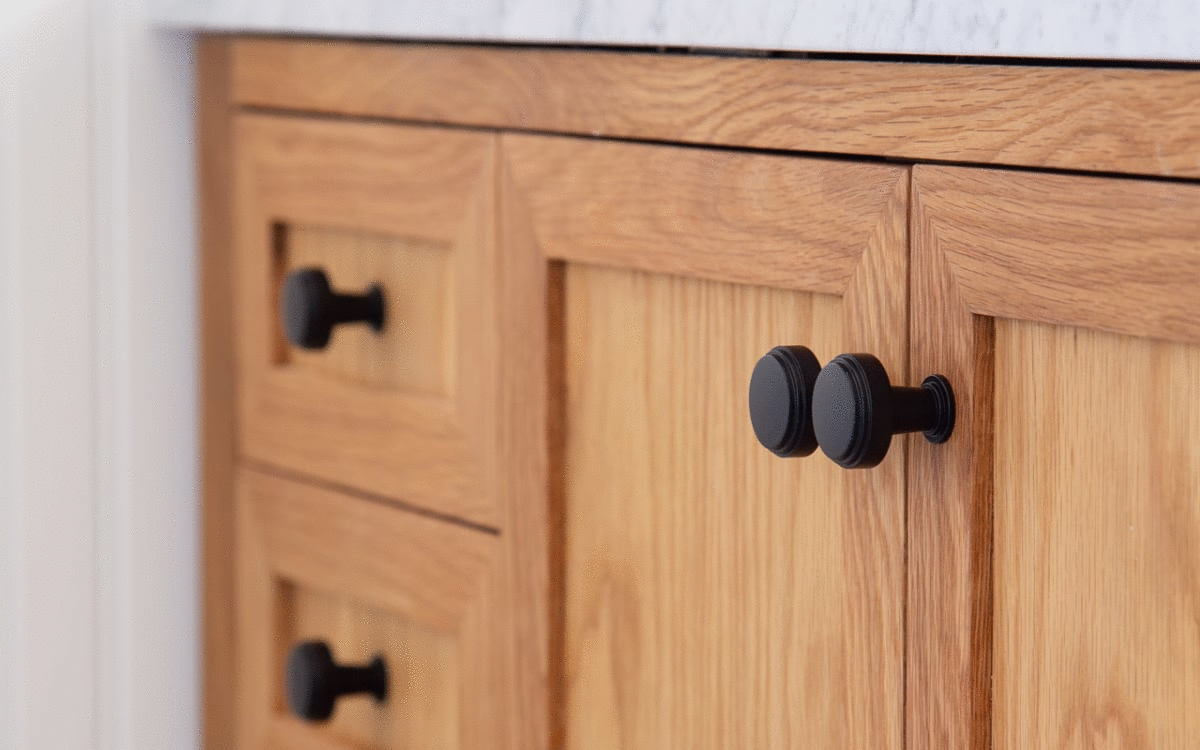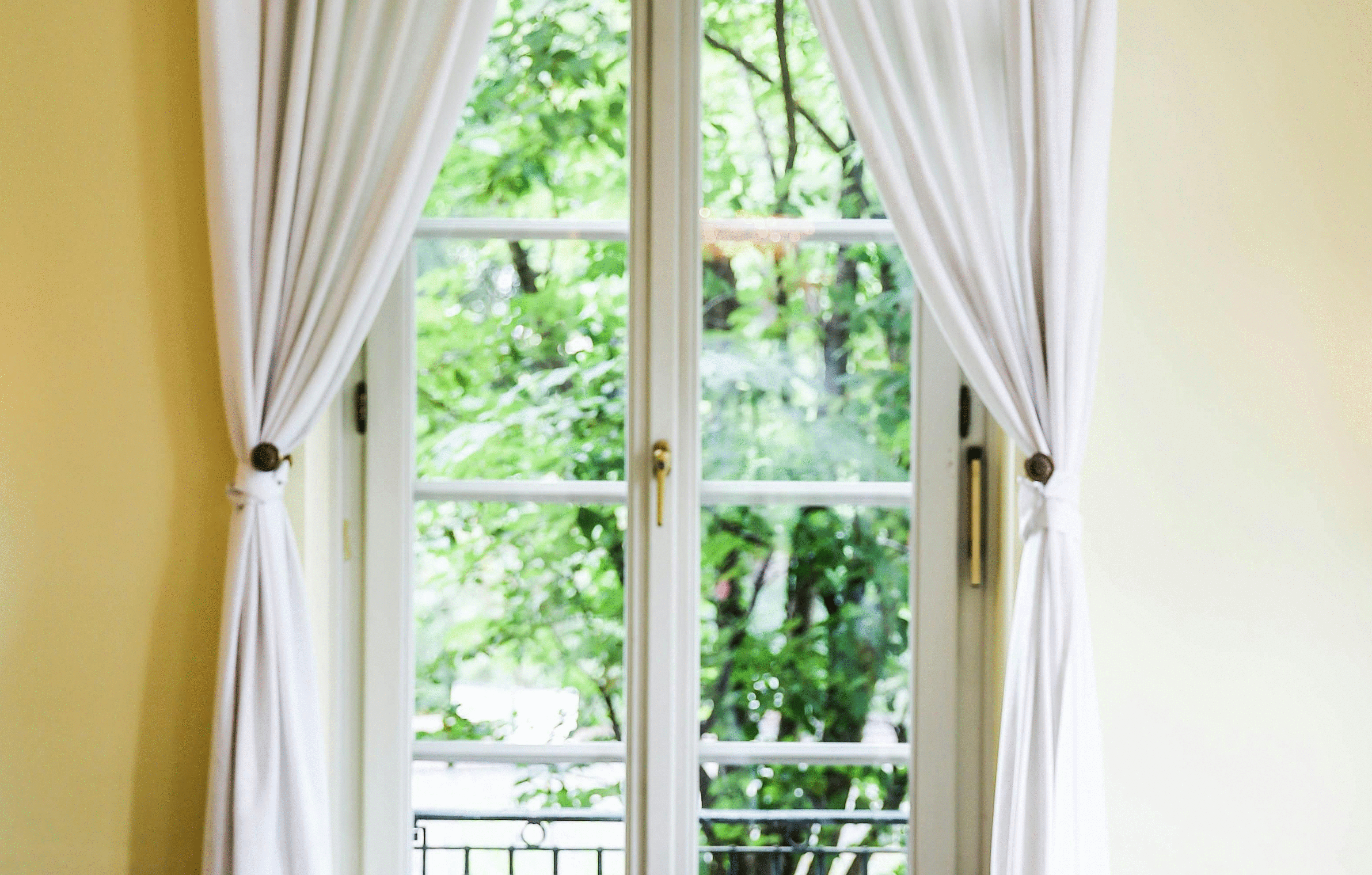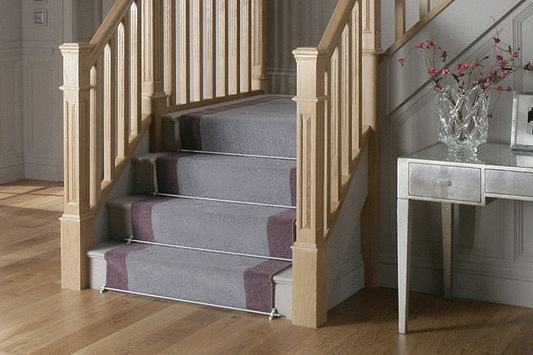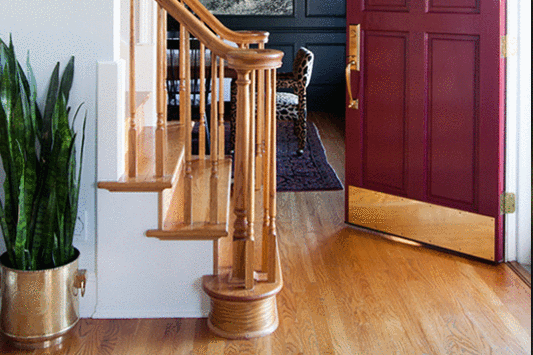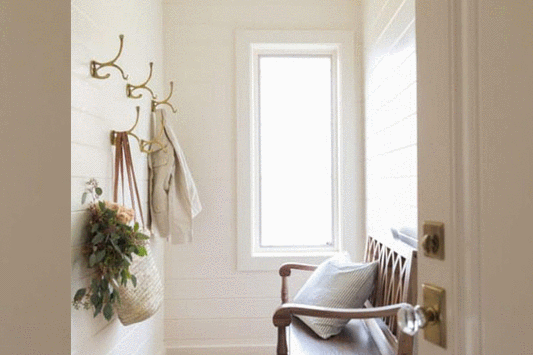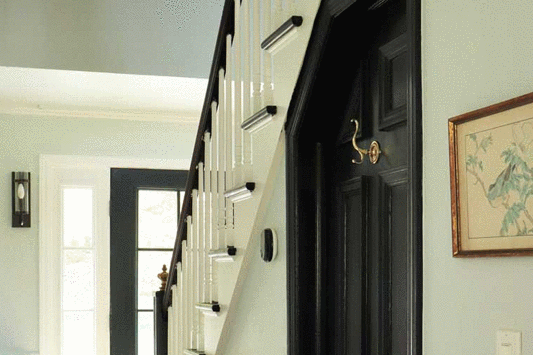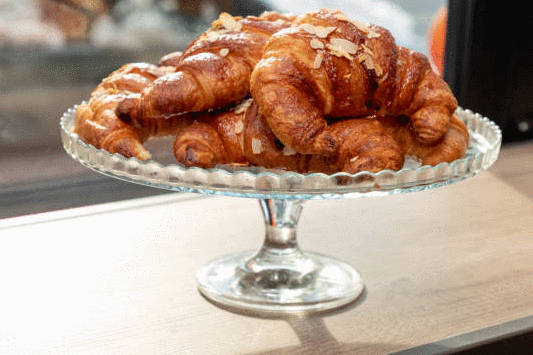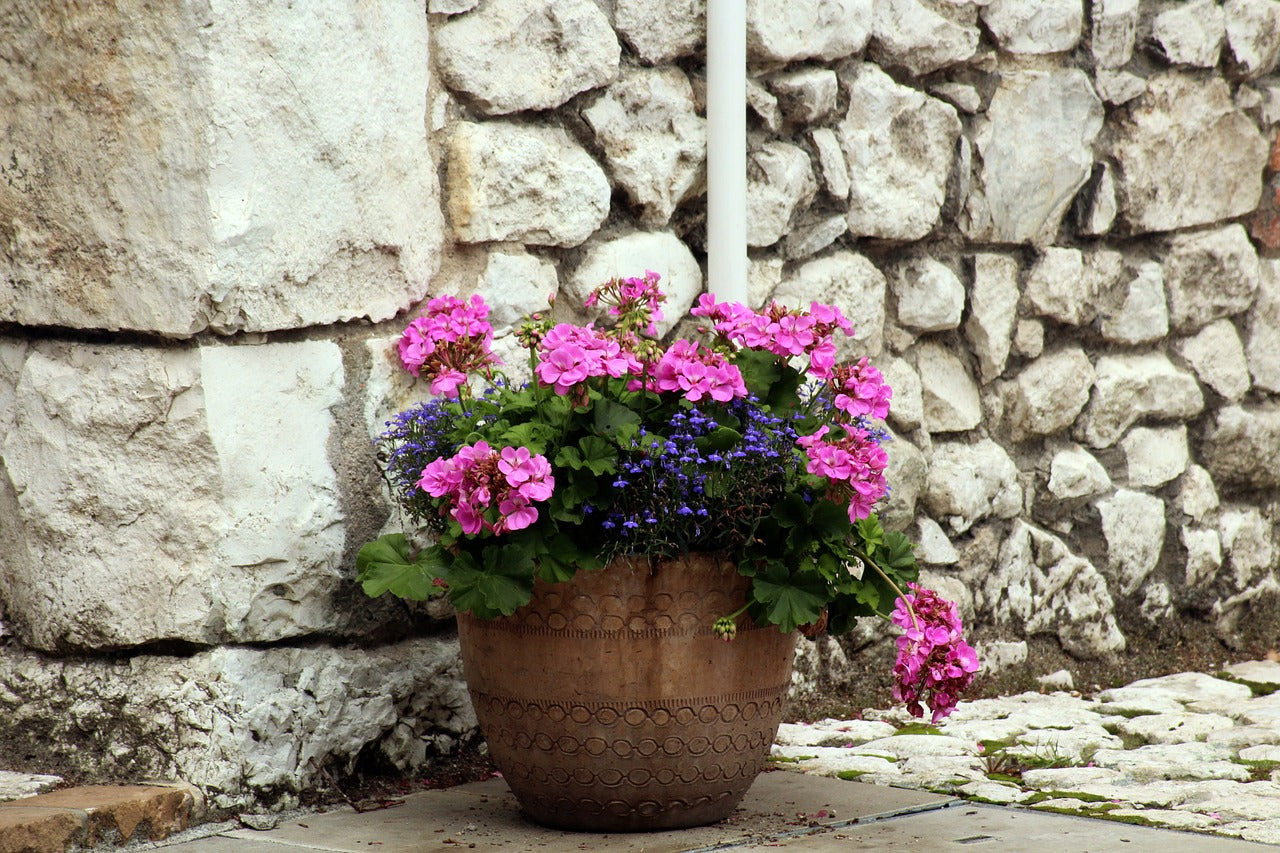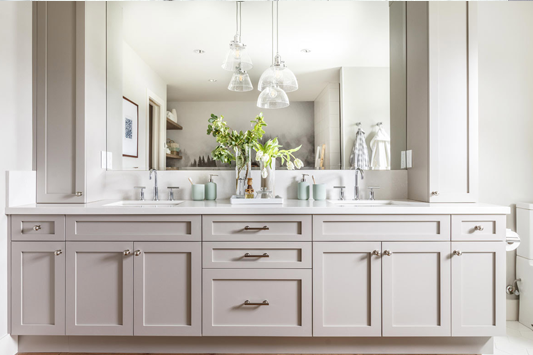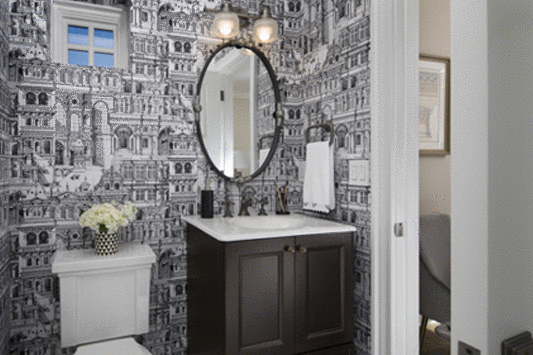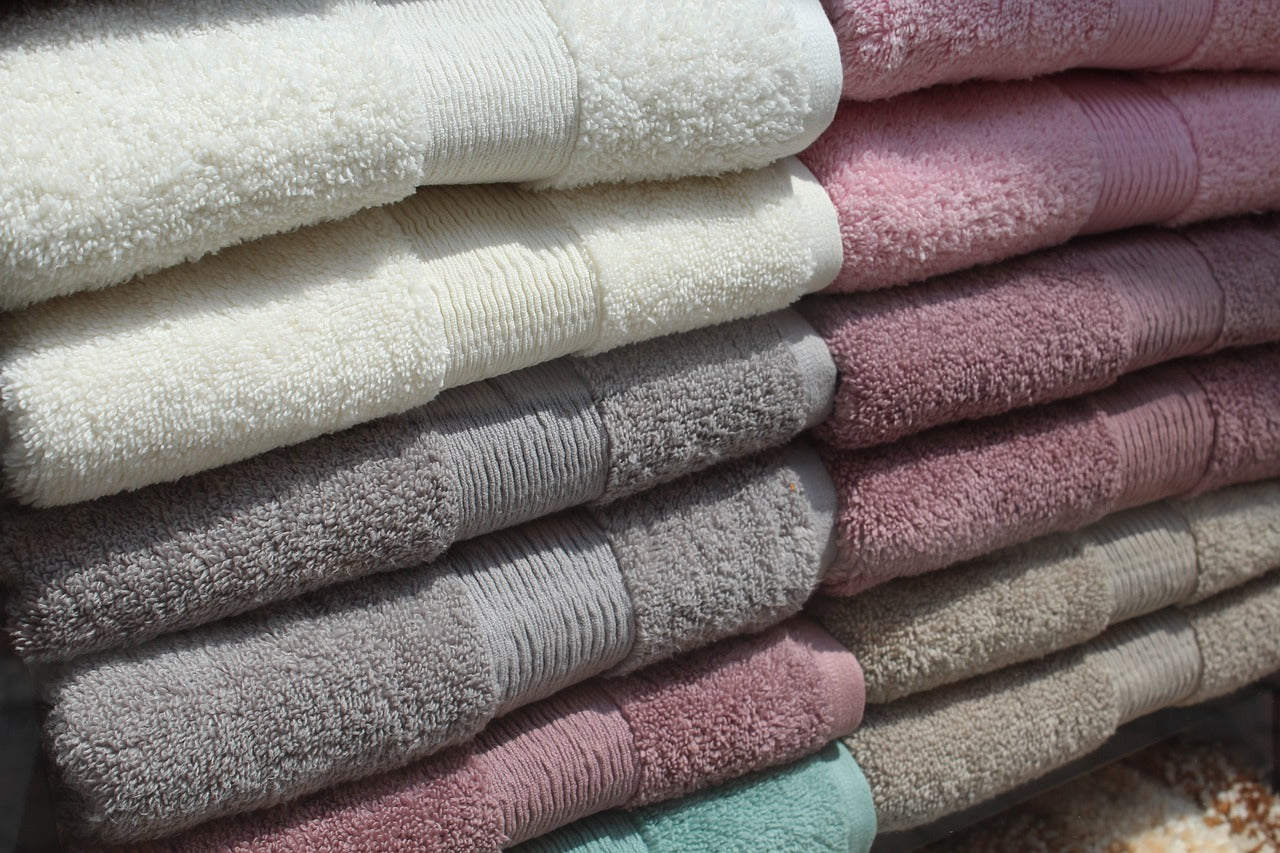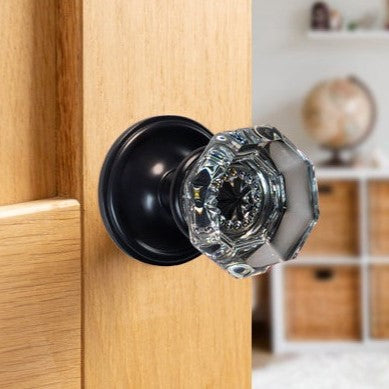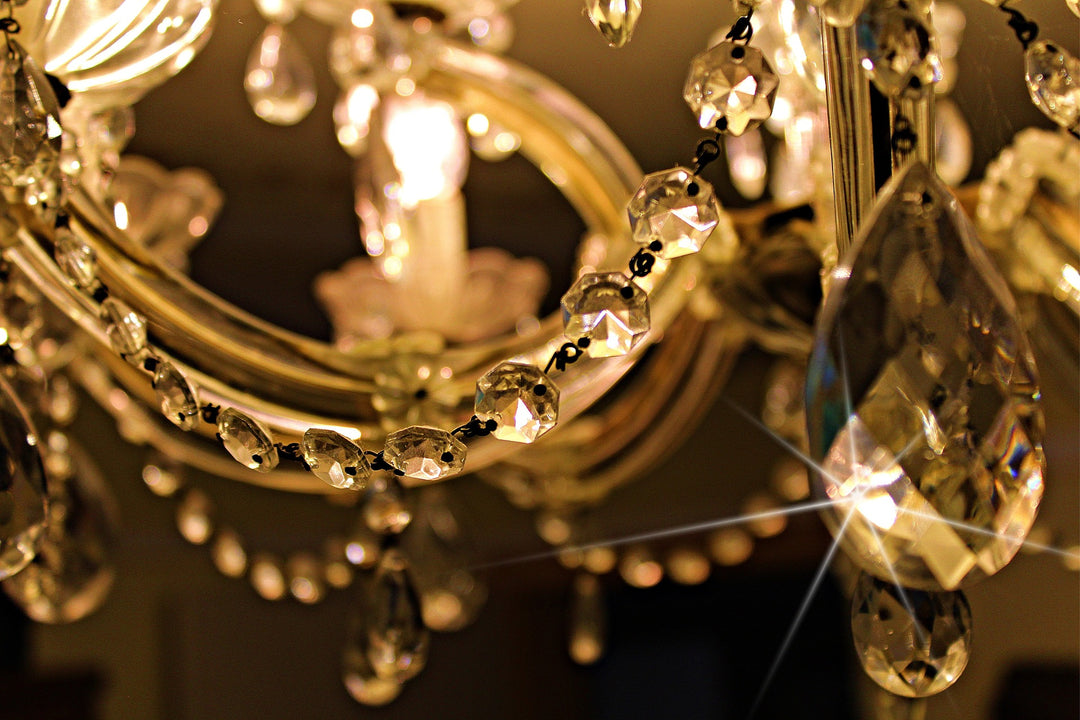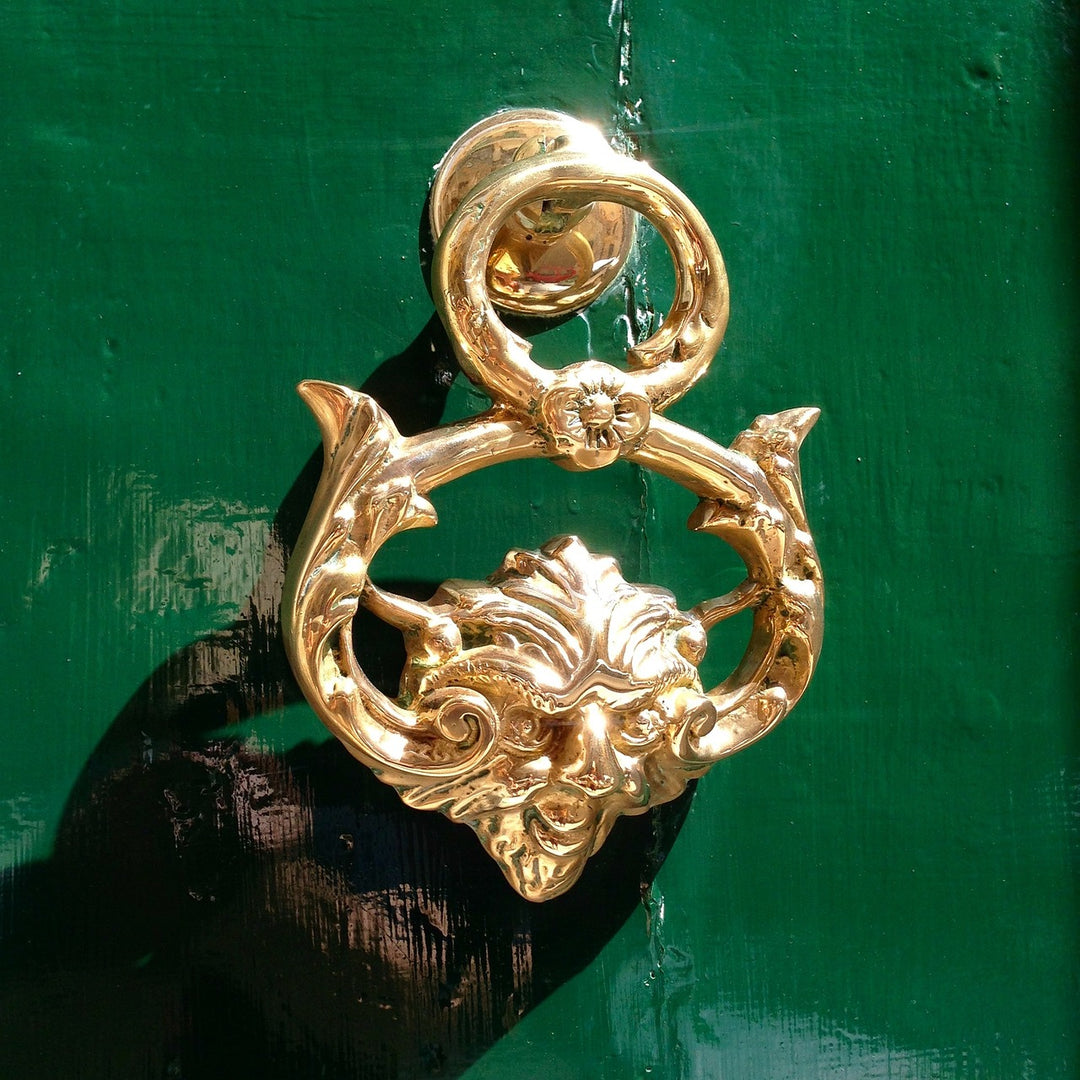Mid-Century Modern Cabinet Hardware
Design trends are cyclical, and it is no different for the mid-century modern design era. From architecture to art, the mid-century modern era of design is iconic with its clean, sleek, minimalist and innovative approach to designing artefacts for the home. Characterized by clean lines, angular shapes, and simple forms, mid-century modern designs echo the simplicity of the time and the desire for pared-down and unpretentious pieces. It was a time of innovation, and designers of the time sought to create modern furniture that was functional and beautiful. Mid-century modernism was a design style that emerged in the 1940s and 1950s, characterized by a focus on functionality and simplicity.
It was inspired by the changes that came after WWII, particularly, the interest in modernism and the application of new materials like metal and plastics. Mid-century modern designs make use of industrial materials like steel, brass, and aluminum to create sleek and elegant designs. The furniture created during this era was understated, functional, and designed with a primary focus on the user. One of the key elements of mid-century modern design is cabinet hardware.
Cabinet hardware is fundamentally essential to furniture designs because it adds aesthetics and functionality to the furniture. Hardware of mid-century modern cabinets was mostly made of metal, including brass, aluminum, and steel. These materials were perfect for the modernist era since they are strong, sturdy, and can be finished in various ways. In this article, we explore the history of cabinet hardware in the mid-century modern era, the iconic designs, the popular finishes and how to style mid-century modern cabinets.

The History of Cabinet Hardware in Mid-Century Modern Design:
Cabinet hardware from the mid-century modern era reflects the functional and minimalist approach of the period. The hardware was designed to be sturdy and unobtrusive, but it could also add a touch of beauty to the furniture. During this period, cabinet hardware incorporated several elements, including elongated shapes, simplified designs, and the use of industrial materials. The focus on industrial materials in mid-century modernism is because of the excitement of the time and the availability of new materials.
Manufacturers at the time utilized new machinery and technical techniques that allowed them to use metals in increasingly complex forms. One famous figure in the hardware industry during this period is Russell Cowles. Cowles began to experiment with brass and bronze and used different methods to fuse them, creating unique hardware designs.
One of the most beloved icons of mid-century modern cabinet hardware is the star-design handle or concave-cone shape. These were popular due to their simple, iconic, and unique designs. They were often made from aluminum or brass and found their way into hardware pieces as a part of the structure. Simpler hardware designs like the straight bar pull handles were also popular during this period. Like the star-design handles, they were simple, sleek, and unobtrusive. Often made of steel or brass, these bar pulls had a straight design and came in various lengths. They typically had one hole at each end, making them suitable for cabinets as well as drawers.
Another popular design during the mid-century modern period is the retro-drop pull. The retro-drop pull was designed with a sleek and curvaceous shape that paired nicely with the understated design of other mid-century modern furniture pieces. These cabinet knobs were often made of metal and designed with a curved shape that tapered off towards the bottom, giving it a sophisticated and elegant look.

Mid-Century Modern Cabinet Hardware Finishes:
One of the best things about cabinet hardware in mid-century modern design is the variety of available finishes. From the early years of the newly-created plastics to chrome and gold-covered metal finishes, mid-century modern cabinet hardware options are diverse and flexible.
- Plastic cabinet hardware: Bakelite was the first synthetic plastic invented in the 19th century, before the mid-century modern era. However, Bakelite became very popular in the mid-century modern era for several reasons, including its ability to take colours and the relative ease of manufacturing injection-molded shapes. Bakelite cabinet hardware was typically used in kitchens and bathrooms and available in a variety of colours from red to green, and black.
- Chrome cabinet hardware: Chrome cabinet hardware is another common finish for mid-century modern furniture pieces. Chrome is shiny and sleek, making it perfect for the design aesthetic of the time. The finish is aesthetically pleasing and durable, and it complements the industrial nature of the mid-century modern era.
- Brushed nickel cabinet hardware: Brushed nickel finishes are another popular option for cabinet hardware in mid-century modern design. The finish creates a timeless and sleek look when paired with the straight lines and minimal designs of mid-century modern pieces. The brushed finish introduces a soft texture that effectively contrasts the metallic, shiny finish.
- Gold cabinet hardware: Gold finishes were also popular during the mid-century modern era in the United States, characterized by various warm and rose gold tones. This love for gold finishes was brought about by the desire to infuse a sense of luxury and sophistication into cost-effective mass-produced metal designs. The use of shiny, high-quality gold finishes in cabinet hardware is meant to evoke a sense of elegance and class in the modernist mid-century modern era.

How to Style Mid-Century Modern Cabinets:
The design of cabinets is essential to style Mid-Century Modern. The cabinets need to homogeneously blend with the overall furniture design, decor and theme of the home. Whether you are looking to add style to a retro kitchen or give your living room a mid-century modern feel, here are a few tips on how to style Mid-Century Modern cabinets:
- Mix and match hardware designs: Mid-century modern cabinets can sport various hardware designs that create an eclectic and stylish mix-and-match combination. Combining different styles of handles, knobs, and pulls can add more personality to the overall furniture design.
- Use metal finishes: Metal finishes are a staple of mid-century modern cabinet hardware. Chrome, aluminum, brass, and steel finishes are common, and they add a sheen and industrial edge to your furniture. Using contrast finishes can also add diversity.
- Play with fusions: Mid-century modern design is known for its appetite for new design ideas such as the fusion of metal and plastic to create unique cabinet hardware designs. Trying to fuse modern and traditional influences can create a more interesting and unique cabinet design.
- Bold colors: Mid-century modern design was not afraid of bold colors, and using bold or pastel colors in the cabinet hardware can add harmony and personality to your decor. Bright colors like red, orange, and yellow, as well as softer shades of blue, green, and pink, were popular palettes of the era.

Mid-century modern design is a classic style that will never go out of fashion. The focus on simplicity, functionality and utilization of industrial materials are evident in cabinet hardware designs of the mid-century modern era. Manufacturers like Russell Cowles were innovative in their approach, creating unique cabinet hardware designs that reflect the time. Whether you want a pop of color or accentuate sleek simplicity on your furniture, mid-century modern cabinet hardware designs have something for every stylish preference. Use this guide to make the best choice for your next furniture upgrade project.



